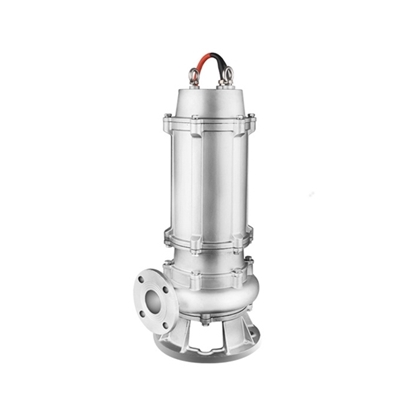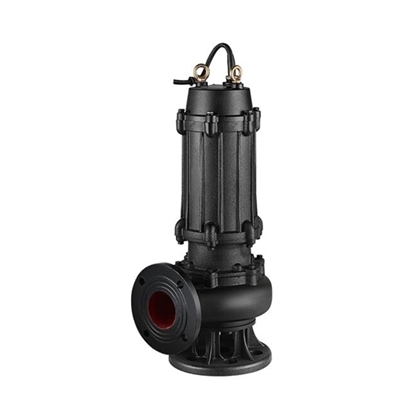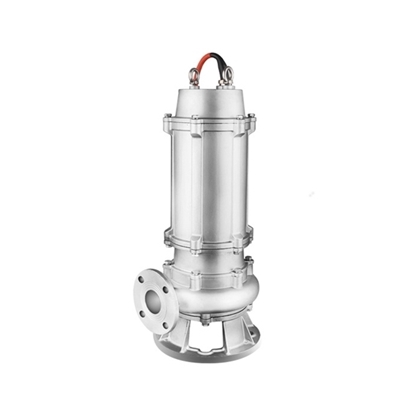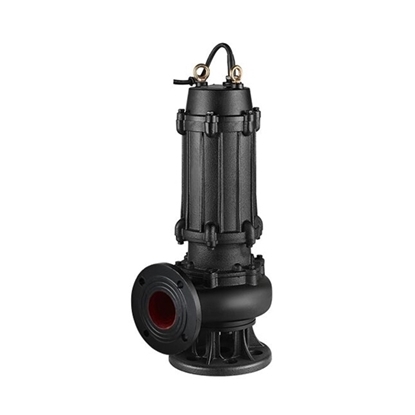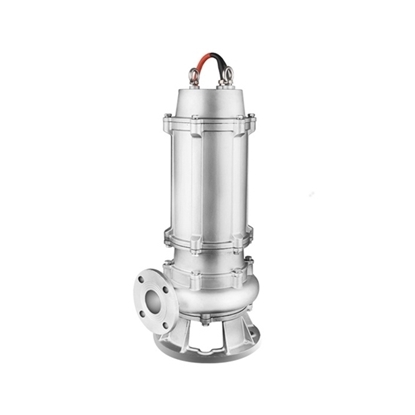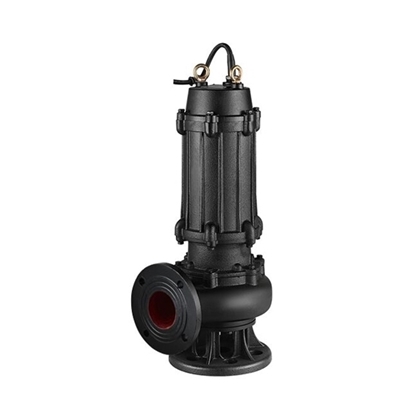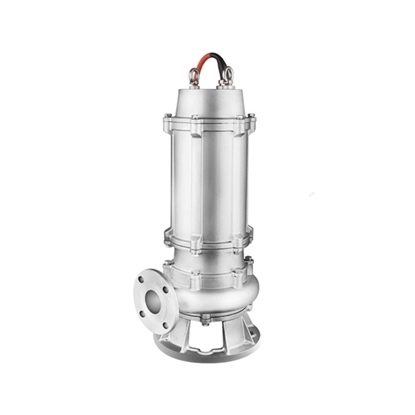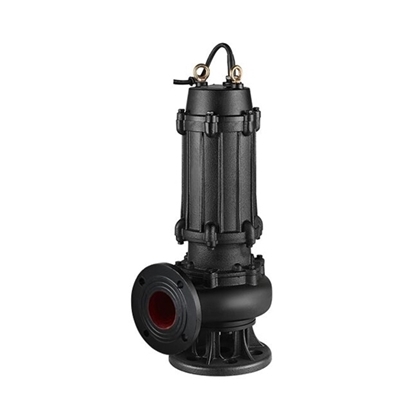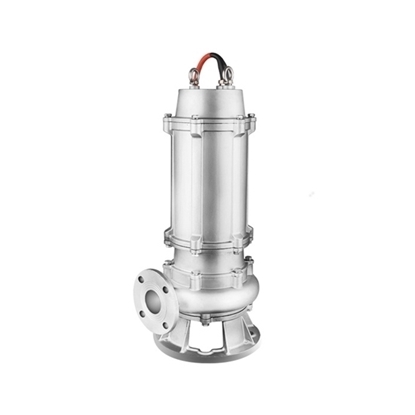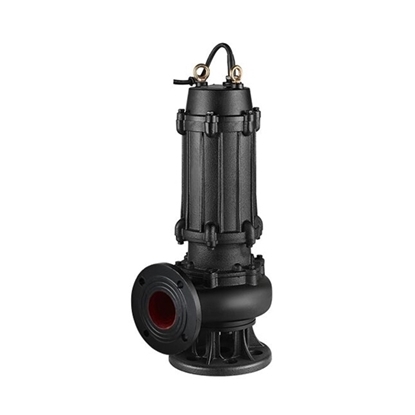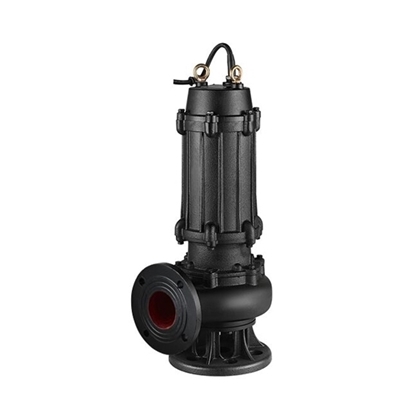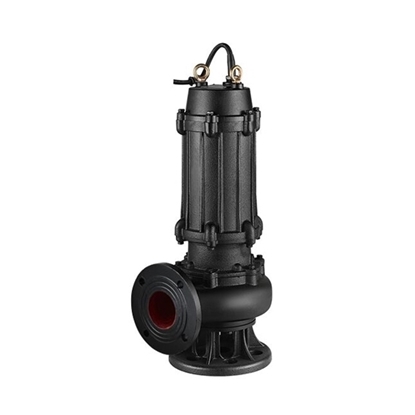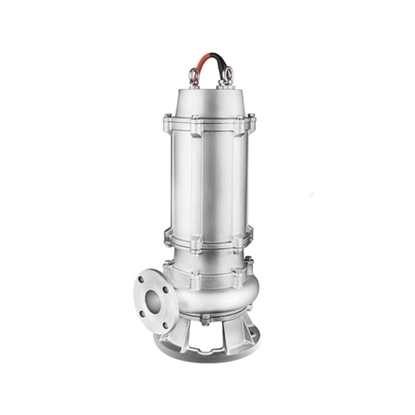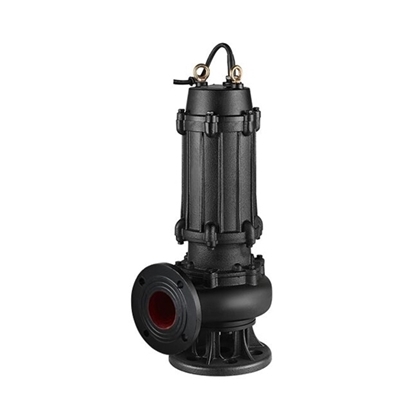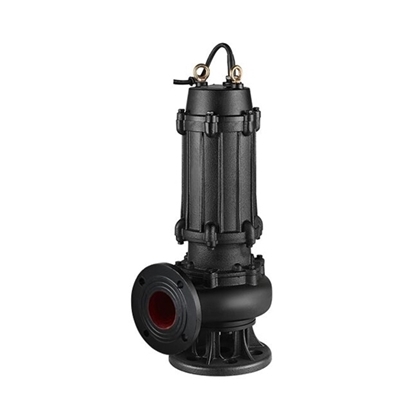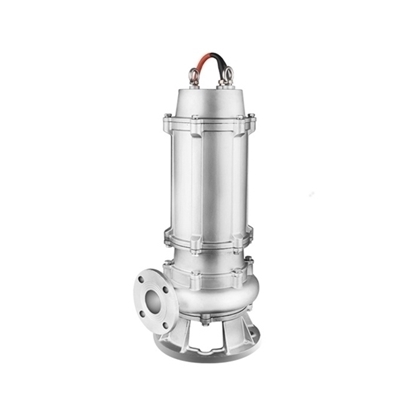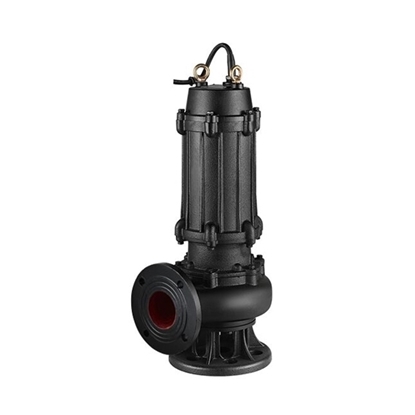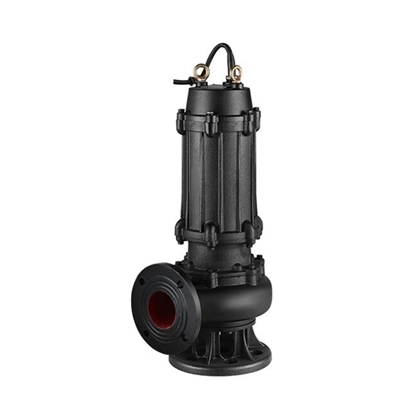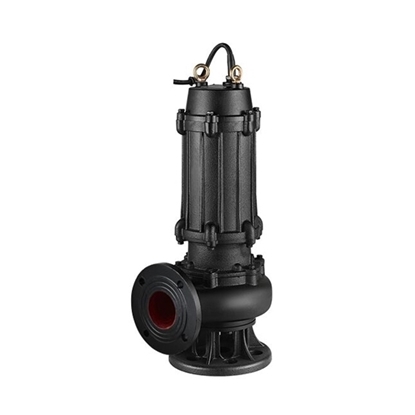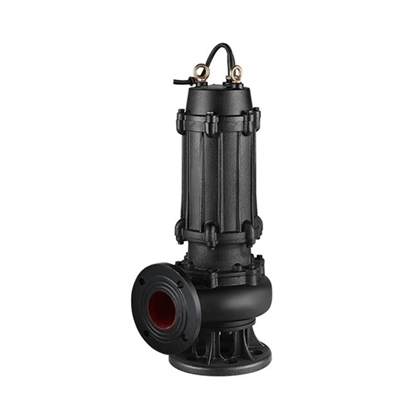Sewage Pump
1 HP Stainless Steel Submersible Sewage Pump
1 HP Submersible Sewage Pump, 3 Phase
1.5 HP Stainless Steel Submersible Sewage Pump
1.5 HP Submersible Sewage Pump, 3 Phase
2 HP Stainless Steel Submersible Sewage Pump
2 HP Submersible Sewage Pump, 3 Phase
3 HP Stainless Steel Submersible Sewage Pump
3 HP Submersible Sewage Pump, 3 Phase
4 HP Stainless Steel Submersible Sewage Pump
4 HP Submersible Sewage Pump, 3 Phase
5.5 HP Submersible Sewage Pump, 3 Phase
7.5 HP Submersible Sewage Pump, 3 Phase
10 HP Stainless Steel Submersible Sewage Pump
10 HP Submersible Sewage Pump, 3 Phase
15 HP Submersible Sewage Pump, 3 Phase
20 HP Stainless Steel Submersible Sewage Pump
20 HP Submersible Sewage Pump, 3 Phase
25 HP Submersible Sewage Pump, 3 Phase
30 HP Submersible Sewage Pump, 3 Phase
40 HP Submersible Sewage Pump, 3 Phase
- 1
- 2
Sewage pump is a pump and motor connected, and at the same time diving into the liquid pump products. Industrial sewage pump with compact structure, easy installation and maintenance. Large sewage pumps are generally equipped with automatic coupling devices can be installed automatically, continuous operation for a long time. Because of the coaxial pump and motor of 3 phase sewage pump, the rotating parts are light and the service life is longer than the general pump.
ATO offers a variety of submersible sewage pumps, such as 1 hp sewage submersible pump, 1.5 hp sewage submersible pump, 2 hp sewage submersible pump, 3 hp sewage pump and so on. Industrial sewage pump for septic tank is the common application. Heavy duty sewage pump is often found at drainage station and sewage treatment plant.
Sewage Pump vs. Grinder Pump

Sewage Pump
Sewage pumps can manage some solids-handling ability, but there are some limitations. This kind of pump is frequently utilized with basement toilets to pump the sewage up into the sewage system lines for the house with the solids still intact, or if a home lies in a low area and sewage must be pumped uphill into a city sewage system or septic tank.
Some sewage pumps are grinder pumps, but not all. Grinder pumps are a subtype of sewage pumps. Normally speaking, sewage pumps that are not grinder pumps can move sewage solids as much as 2 inches in diameter that are simple to break down or dissolve. Harder material will cause clogs and substantial wear and tear on the pump. Nevertheless, a general sewage pump that is not a grinder pump is generally cheaper and draws less power. This likewise means that the pump is unable to move sewage to as high of a point as a grinder pump has the ability to do.
Grinder Pump
Grinder pumps consist of a cutting mechanism that can chop the harder solids into smaller pieces, creating a loose mixture that can more quickly travel through pipelines. Because the loose mixture is relatively fine, it can be pumped to a greater elevation than basic sewage pumps. For this reason, grinder pumps tend to utilize more power and are more expensive. Though they can deal with harder solids, they can still break down, so it’s essential to just flush products that belong in a toilet still.
Sewage Pump Replacement Signal:

With continual use, almost every industrial sewage pump will fail or at least run into issues at some point. The key is to educate yourself on the warning signs of a heavy duty sewage pump failure. That way, you will all be aware when something is wrong, and you will be able to seek pump repair or replacement early on before there is a chance for any more severe damage to take place. There are three signals that you need to replace a new submersible sewage water pump.
- Dealing with dirty water. One of the first things to be on the lookout for is dirty water running through your systems. The whole purpose of having a sewage pump, no matter the exact type, is to regularly filter clean, clear water into your operations. When that isn't happening and you're getting dirty, murky water instead.
- Industrial sewage pump won't start or struggles to start. It is also an issue if it struggles or is slow to start. There are a variety of reasons that this issue could pop up. It could be the result of anything from electrical problems to frayed wires to a blown fuse. It could also be the case that your pump has simply "given out".
- Submersible sewage pump is constantly cycling. If you find that your pump constantly seems to be cycling, so much so that you can never really determine what stage it is. The issue could be a poorly or improperly adjusted switch, a burnt-out motor, or issues communicating commands to turn on or off.
How Does a Sewage Pump Work?
Sewage pumps today can work in a variety of ways to transport waste downhill, uphill, across level ground or some combination thereof. Above-grade sewage pumps rely on gravity to send sewage downhill to a sewer line or septic holding tank. Submersible sewage pumps and any sewage pump that is installed below the transport line will need to use a pump to move the waste to its next destination. The pumping and transport mechanism can differ depending on the type of waste being handled. Because sewage pumps need to handle both liquids and some degree of solid waste, the pump mechanism typically uses a centrifugal motion that generates kinetic energy to keep the waste moving through and out of the pump and into the transport line.

